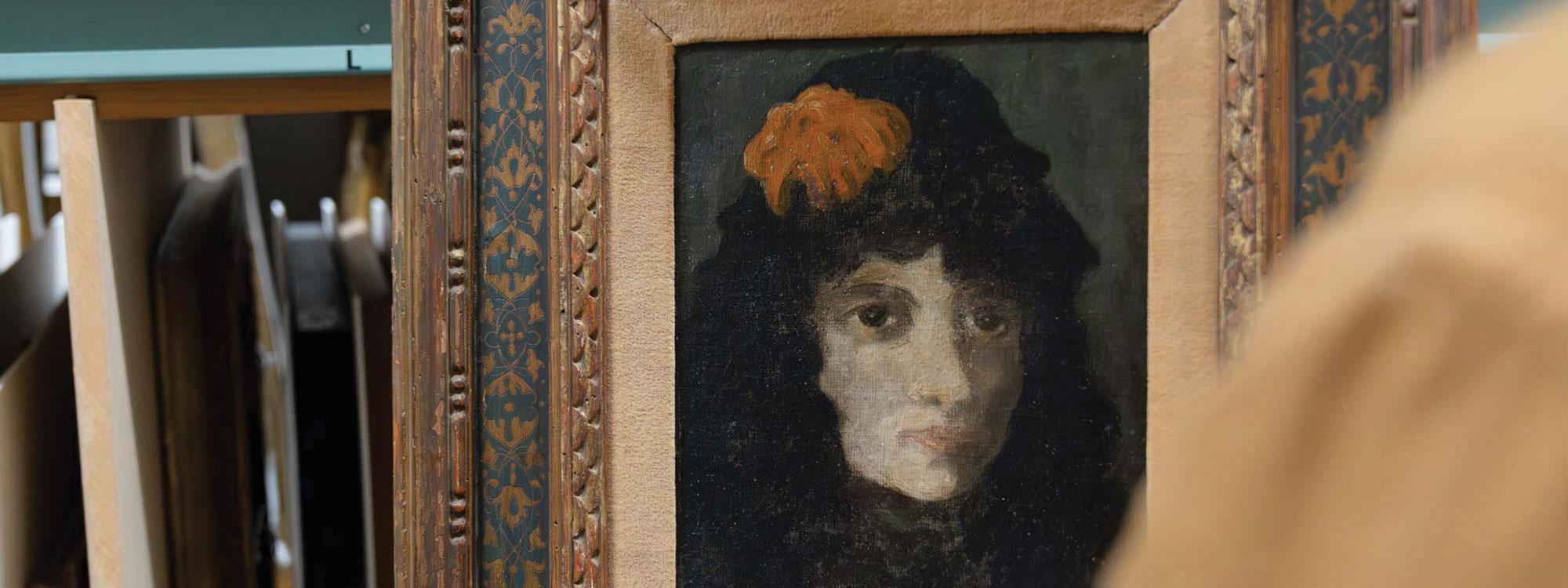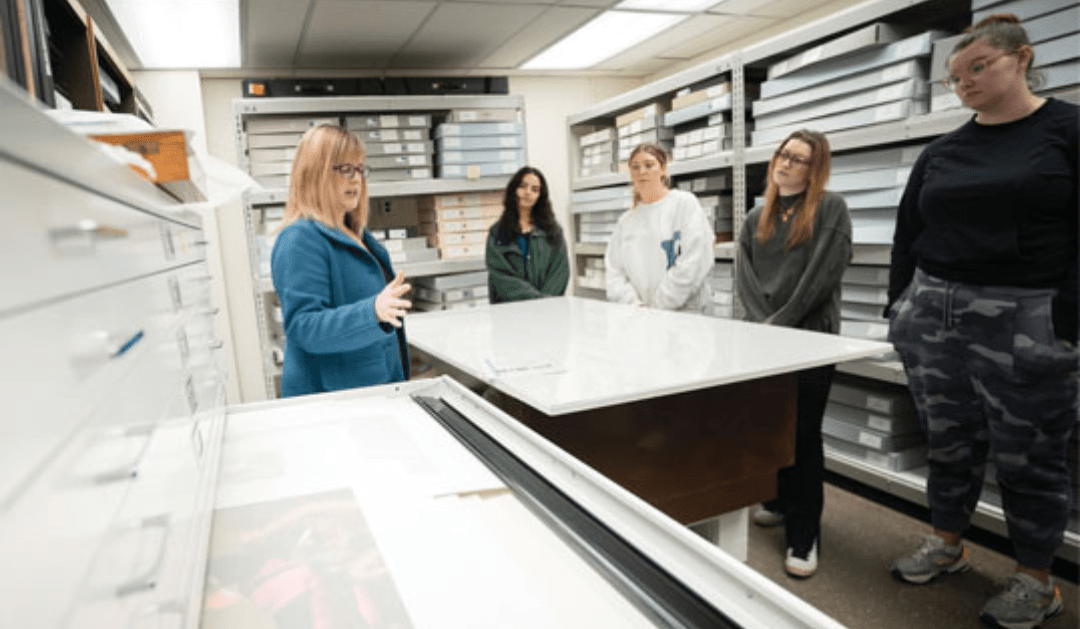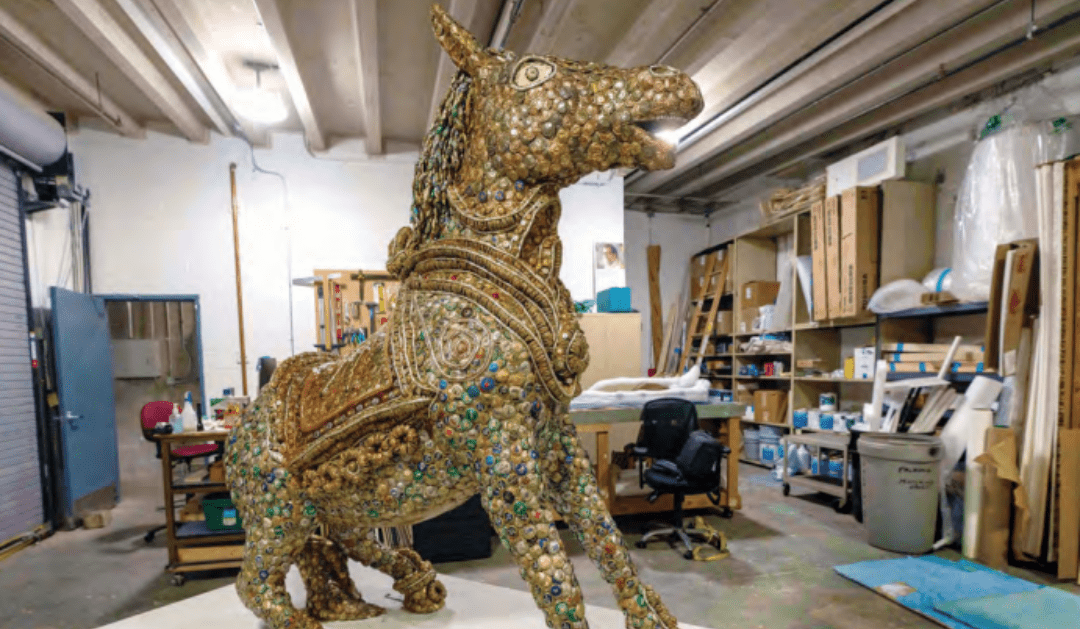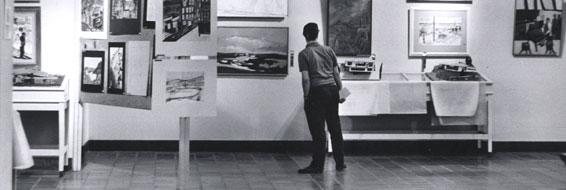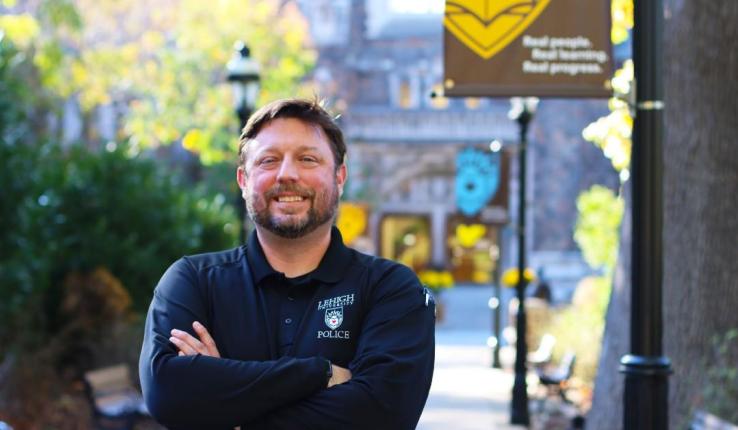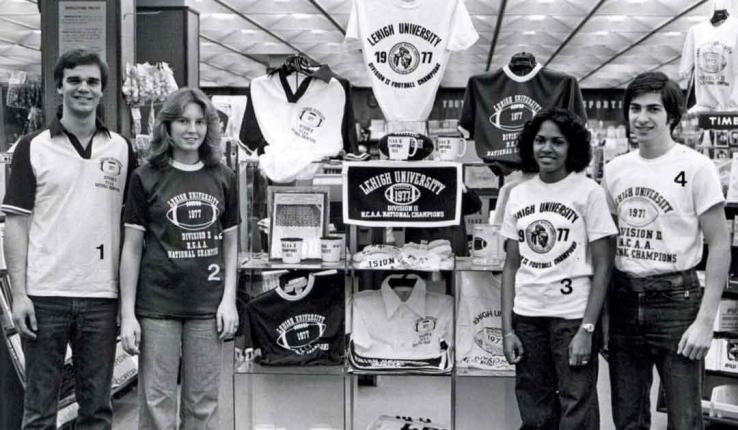“There’s a lot of passion, care and genuine love for the art that goes into preserving it, and I find that really kind of beautiful,” says Consuelo Zapata ’25, one of Crow’s students who was assessing the condition of artworks earlier this year.
As gallery employees researched LUAG’s history for the centennial, they discovered having museums on campus was always a priority, Crow said. There was once a natural history museum in what is today the Clayton University Center at Packer Hall. In 1928, there were plans to build a combination library, museum and auditorium, though it never came to fruition, Crow says.
Because of the space limitations, LUAG has become intentional about its collecting, says Mark Wonsidler, curator of exhibitions and collections. “Space is precious, and we can’t just infinitely accept anything that comes to us. We have to try to be laser focused on building a collection that will serve the mission of the museum within the university and the community, and try to think about how to build a collection for the future,” he says.
LUAG created a committee that reviews works from varying perspectives to ensure a diverse and vibrant collection. Committee members also discuss how works can be used in programs and education.
“Art history has been construed from a Western European and American lens for a very long time. How do we think about all of the folks that lens excluded?” Wonsidler says. “How do we think about African American and Black artists? How do we think about Indigenous artists and women, who have been there the whole time but not given credit in so many ways?”


